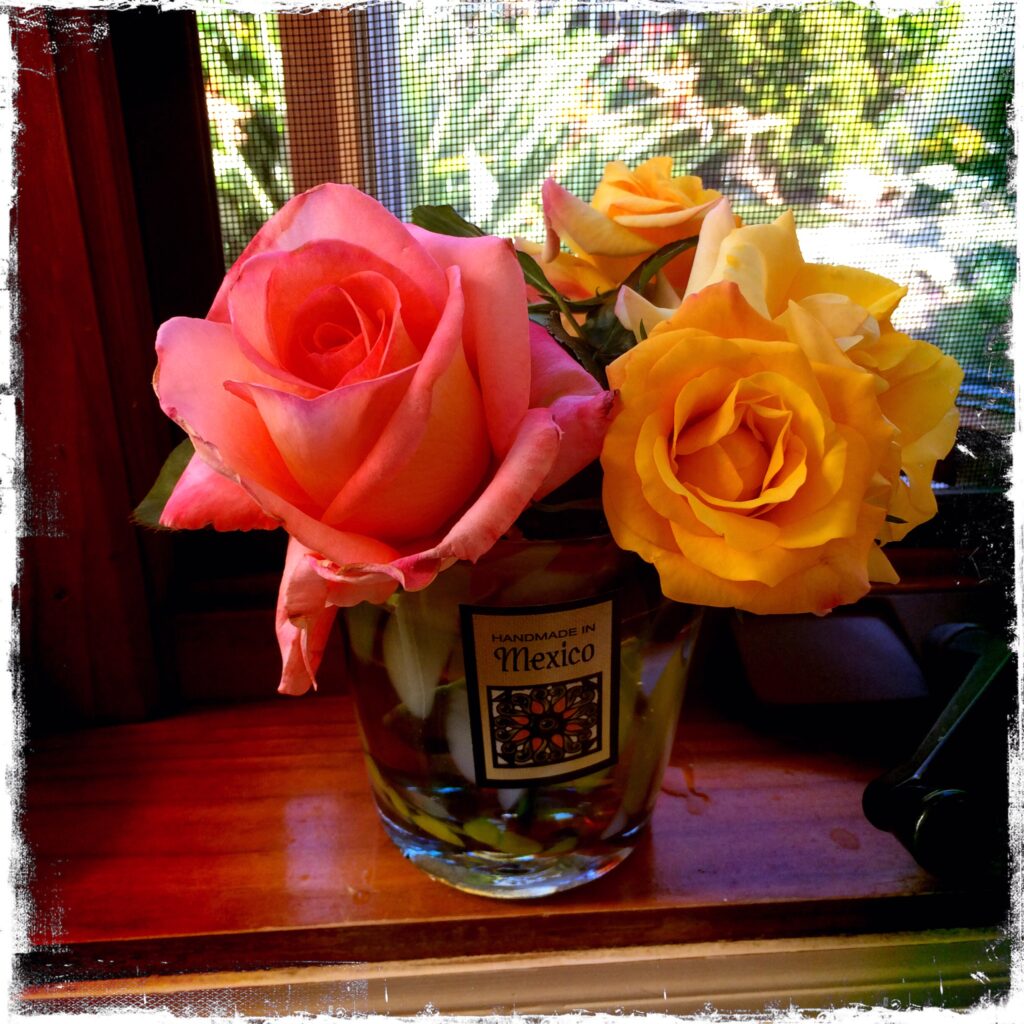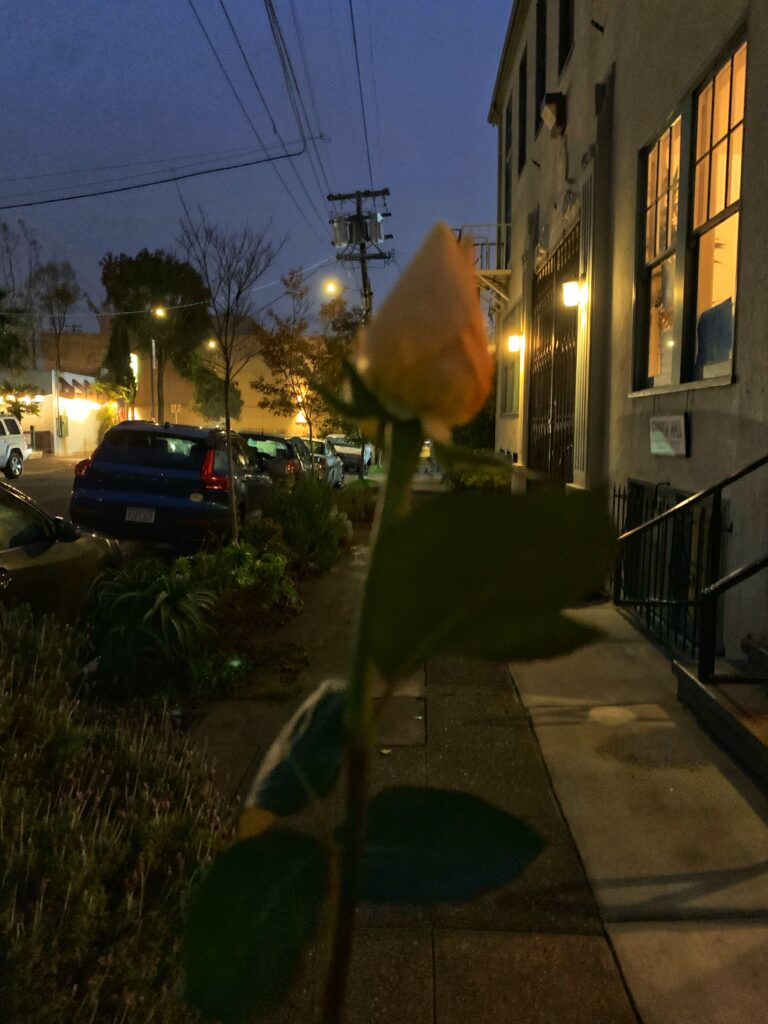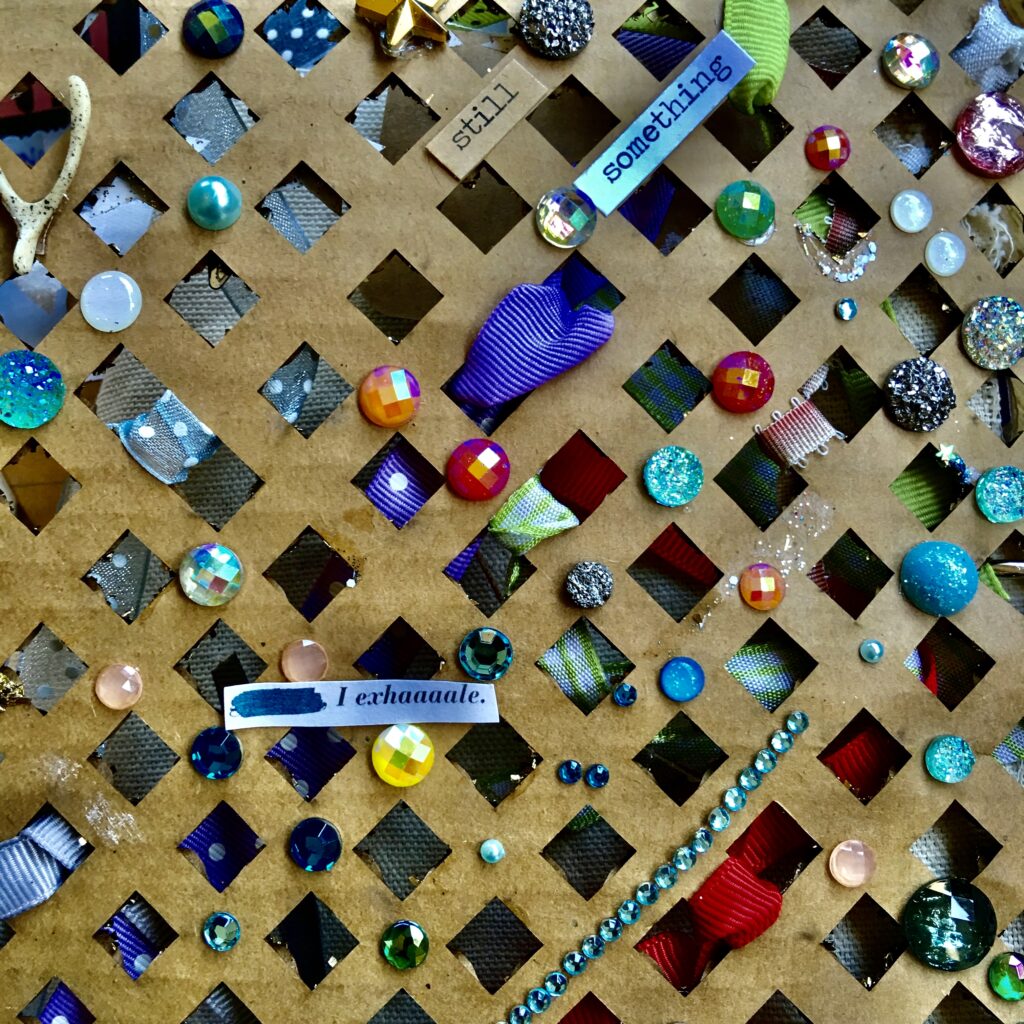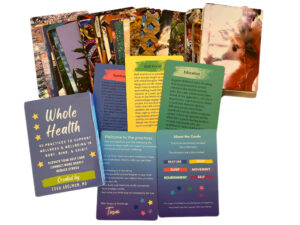
Before I met my current boyfriend, I went on a lot of first dates…Like, a lot. Some second dates. A few thirds. Some people I dated for a few months before things ended. Sometimes I was the one who ended it. Sometimes they were, and I was left with painful feelings of rejection, wondering what was wrong with me, etc. Feeling like because I lost their interest there was something fundamentally wrong with me. After years of my own introspection, personal growth journey, and completing a master’s program in counseling psychology, I can see how that toxic core belief was likely what corrupted my previous attempts at finding long term love. Nevertheless, as I neared graduation from my program, feeling excited and proud of myself, I found myself in yet another dating situation which…seemed to be going well! It seemed promising! He went on a trip for a week and got back in touch with me when he got back! And yet…despite all the inner work I’d done to that point, my own attachment insecurities were being triggered. At that time I was learning more about different attachment styles. I definitely had some anxious attachment going on at that time! I want to be mindful here of not dumping all the blame on myself: if only I wasn’t so anxiously attached, if only I’d acted from a more secure place…Nope, not going to go there. However, I did use the end of that relationship as a catalyst to fuel my own personal growth, particularly how I was showing up in relationships with men I dated. I read books on attachment styles and overtime came to better understand my anxious attachment style, and how I could start to shift to one that was more secure.
Takeaway: educate yourself on different attachment styles and identify your tendencies. Start to see how these patterns have played out in your relationships. Understand the spells you fall under.
By the time my current boyfriend came into my life, I had a much different approach to dating. We met on a dating app. The odd thing is, it’s almost like I manifested him, in terms of how eerily similar he was to who I envisioned my ideal match would be. Nevertheless I had low expectations, especially since he seemed so…perfect, for me. I simply responded to his messages. I leaned back. Whereas before I’d suggest meeting up after exchanging a few messages, this time I decided I’d wait for him to suggest it, no matter how long that took. But this time, it didn’t take long for him to suggest a place— exactly where I love to go! Uncanny. Here’s where we take a turn for the spiritual. By now I had *such* a good feeling about this guy. Yes, I am a spiritual person. I definitely felt good vibes about him, as though the deep rhythms and currents of the universe were bringing us together. However, I also had put a lot of work in to trusting my intuition and feeling a connection to something greater than myself. Cultivating deep intuition has immense benefits for many areas of life, not just relationships.
Takeaway: Invest time in cultivating intuition, discerning your wise self and voice, and practicing listening to it. Meditation, time in nature, mind-body movement like yoga, journaling, clean eating, stress management, making decisions, sharing your opinions, improv…these are some of the many practices that can support developing intuition.
…to be continued! There are so many lessons I learned and am continuing to learn from this relationship that I want to share with you! I hope these two takeaways get your started on the path to cultivating deep respect and appreciation for yourself, trusting your journey, and learning how attachment styles may be affecting your ability to find and cultivate a beautiful relationship with the right person for you!







